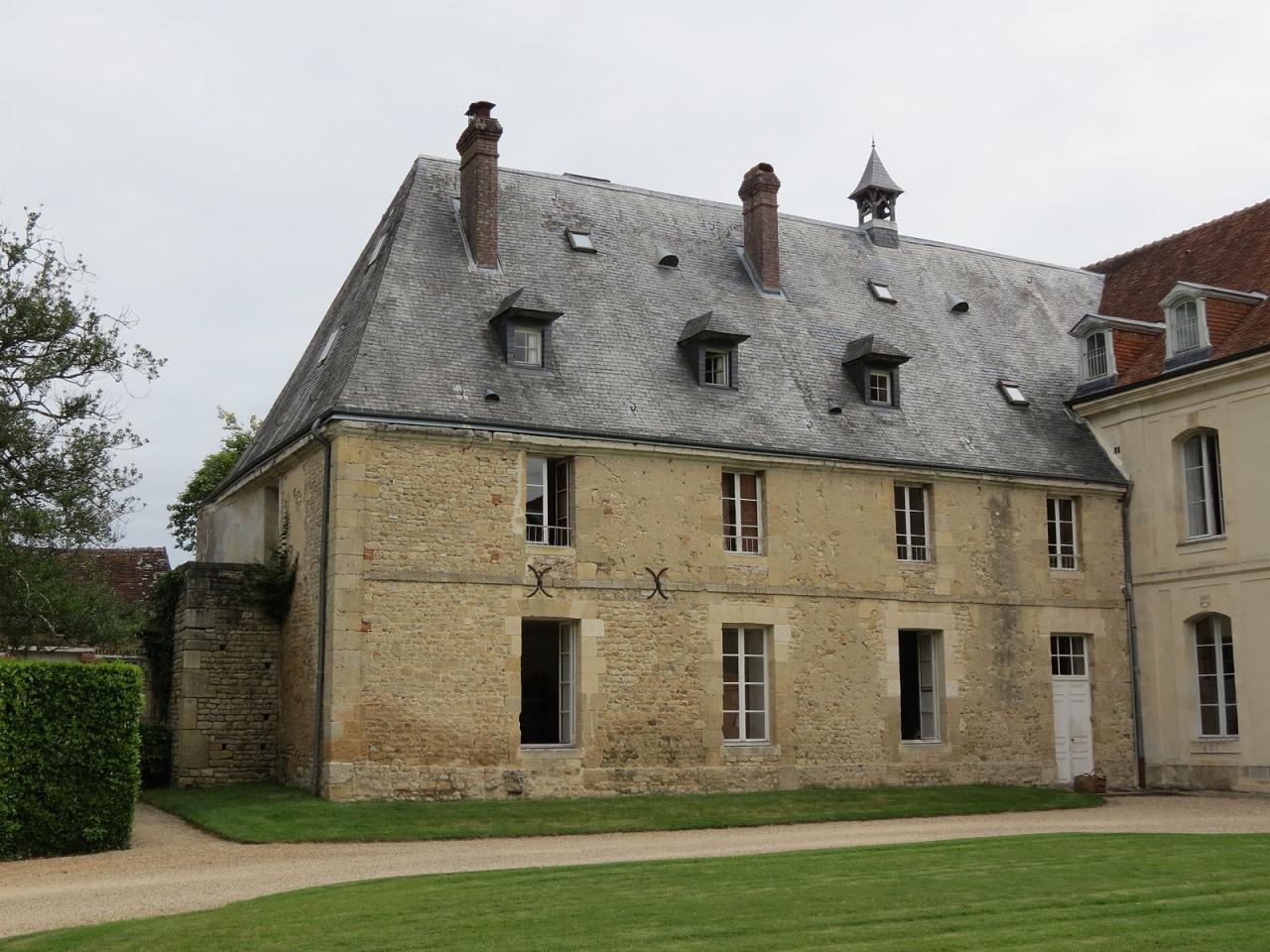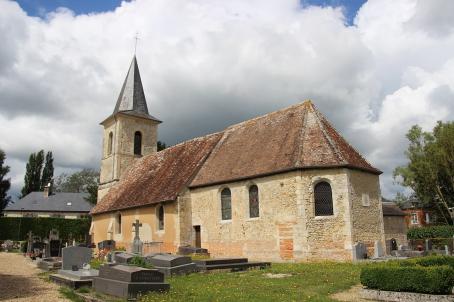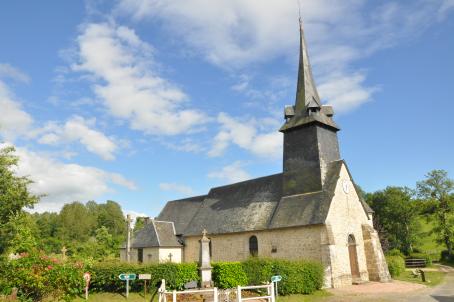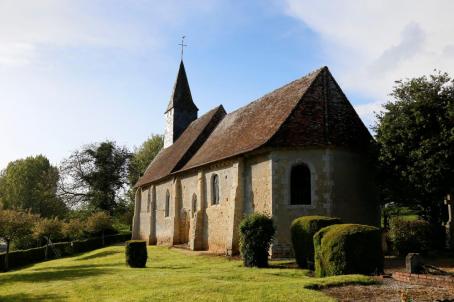Val-Richer Abbey
The Abbey of Val-Richer was founded around 1146 and its abbey-church was consecrated in 1220. Little transformed thereafter, it underwent some work in the 16th century after having been pillaged twice during the Wars of Religion (1562-1598). Abbot Dominique Georges (1651-1693) is considered the main restorer of the abbey. The French Revolution put an end to the monastic life of the abbey in 1791. In 1836, François Guizot, then Minister of Public Instruction, bought the ruins of Val-Richer and restored them.






